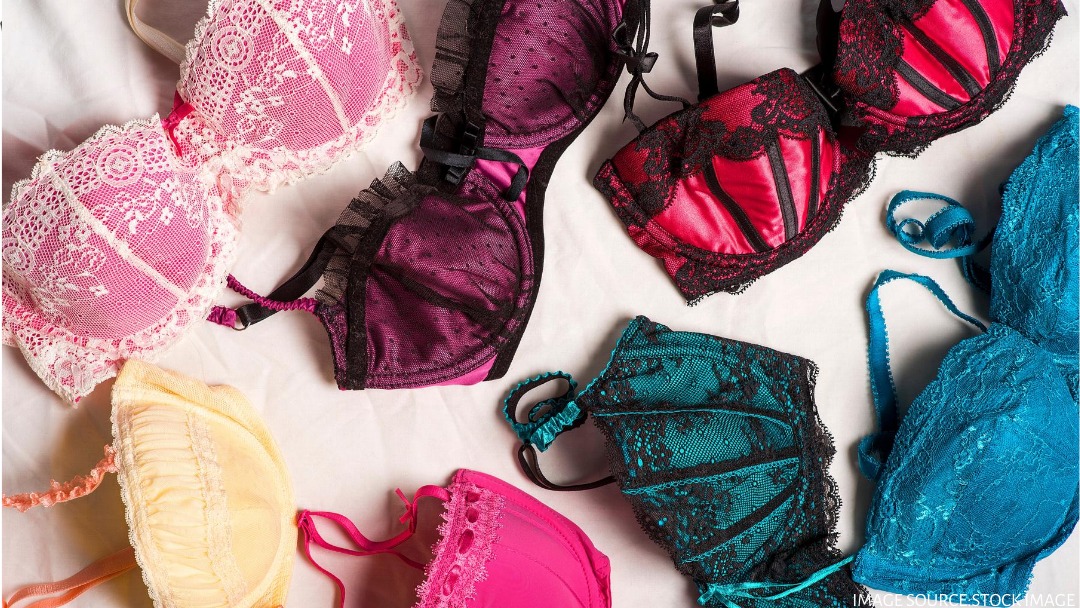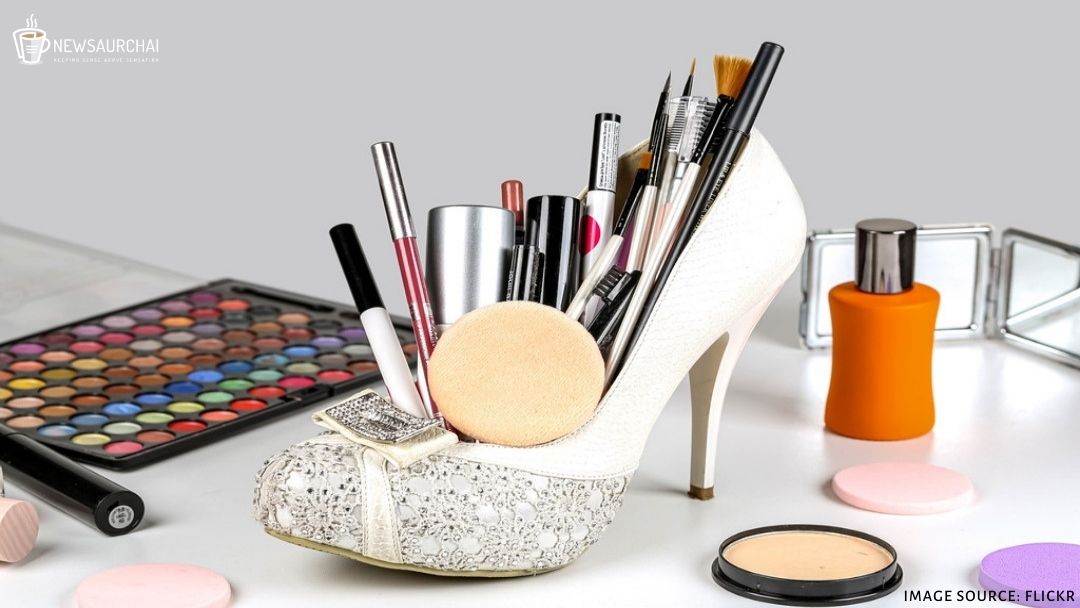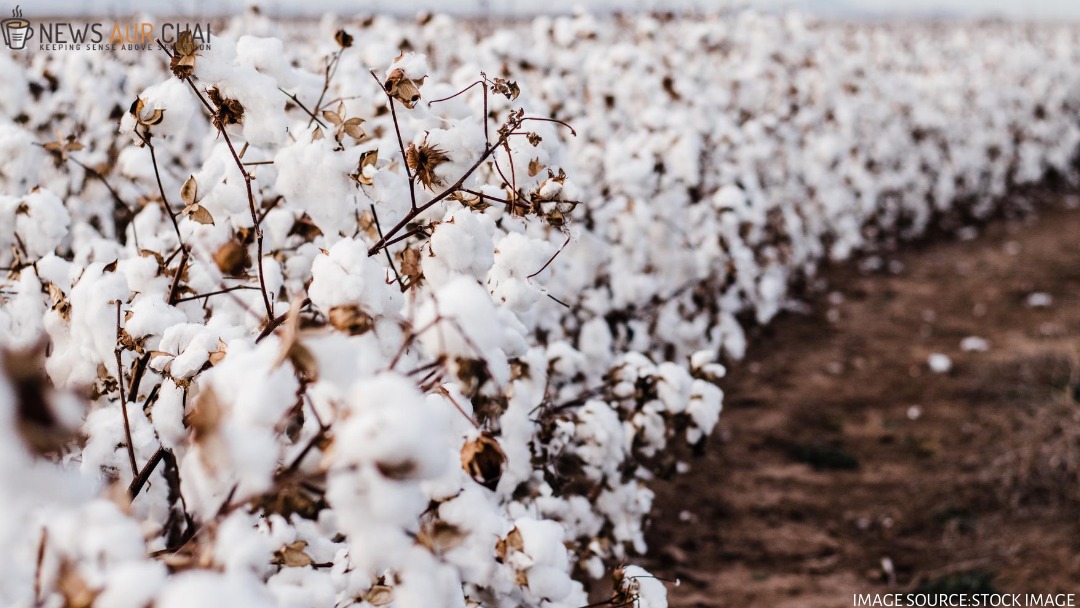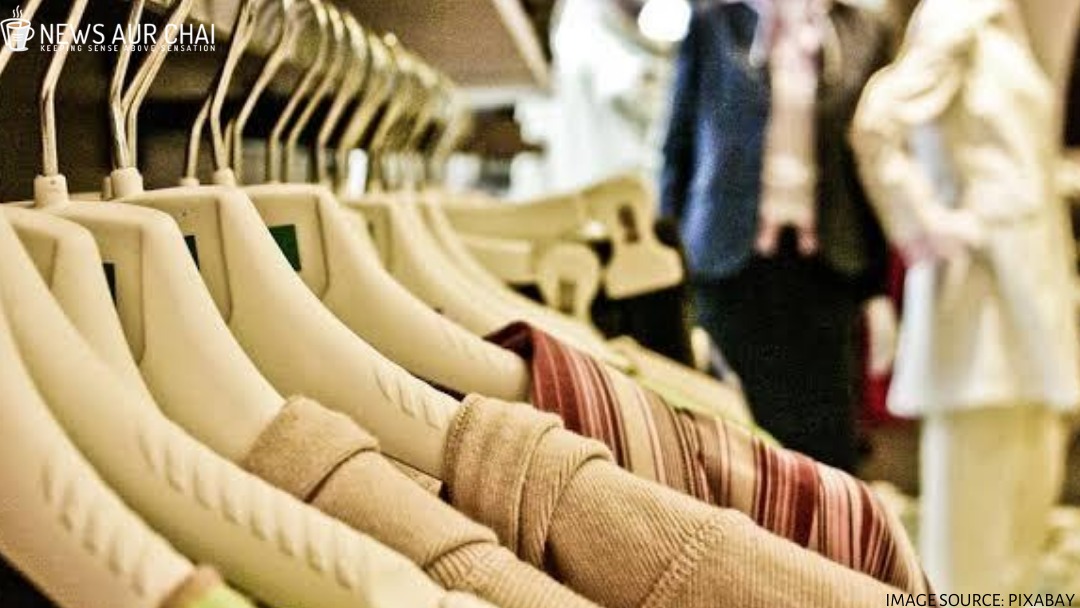History of Bras in India: Origins and Discourse

A feeling which all women can relate to is— an incredible sensation of unhooking your bra and slowly sliding it off your arms and lounging back on the chair. As much as the bras give a sensuous appeal to the breasts, they add their share of discomfort to them and have seen several protests and demonstrations – be it the burning the bra or freeing the nipple movement over the years. But today, let us delve upon the history of this significant and scrutinized undergarment and reflect the journey of this piece of cloth and how it forged such an essential space in our wardrobe.
In India, bras exist in numerous other forms and styles and have evolved over the years into the various designs and patterns we prize in our wardrobe today. However, the case was not the same back in ancient times. We, Indian women, preferred to keep our chests uncovered and free, at least what we can infer from various ancient paintings and artefacts. You, yourself, would have come across many ancient visualizations of women sculptures with strapless bandeaus and metal breastplates, while many figurines are topless.
But as we moved ahead with time, ‘choli,’ a short piece of cloth covered tightly around the breasts, was the foremost garment that closely resembled the bra. It was popular in the Chola Kingdom (3rd Century to 13th Century), and however, choli itself was styled in different ways in different parts of the country. The kanchuka, a tight-fitted bodice, also featured in the Literature of the Vijayanagara empire of the 1300s.
Interestingly, there is also a mention of specialized tailors for bras and blouses popularly called chippiga. Talking about Literature, it is also essential to mention the early references of bras in Indian Literature which dates back to the times of King Harshavardhana in the 7th century AD — more than a thousand years ago, according to Breakout Bras.
Further, the dawn of the British brought in the culture of — the Corset. From the 14th Century onwards, the Corset governed women’s undergarments. Corset tightly fitted around women’s bodies and uplifted their breasts. The arrival of the British introduced the idea of bras to the Indians. It is believed that the invasion of Britishers instilled the concept of a “civilized society” in the native Indian minds and compelled them to obey their values and their views of “behaviour.” And one of the many things we imitated from the British behaviour is wearing bras to cover our bosom.
Much like the debate around bras today, women back then heeded the Corset as a symbol of subjugation. The extremely tight piece of cloth which pushed the breasts upwards was uncomfortable and made women sick, both metaphorically and literally.
Bras even today are perceived as an uncomfortable piece of cloth worn by women and apparently, an essential piece of undergarment. I often wonder whether or not bras are indispensable in women’s wardrobe because of women’s willingness or need to wear them or society’s way of subjugating women’s sexuality. Unless and until a woman wants to wear it out of her desire and comfort, no one should dictate her to own or wear one.
The history of bras in India cannot be concluded without the mention of the tales of the social status of women in India and how wearing a bra for women has always been interlinked with her dignity. The style and fashion around bras are intertwined with the shifting views of the female body. And one cannot forgo the struggle of women of lower-caste for their right to cover their chest without paying the breast tax in the Travancore of the 19th Century.
In the 19 century Travancore, women of the upper caste were allowed to cover their bosom. In contrast, an Avarna woman, colloquially known as Dalit women were not allowed to cover their bosom in public unless they paid ‘breast tax’ or mulakkaram. Well, yes, you heard it right — it took Nangeli, an Avarna woman sacrifice — for the then King of Travancore to issue a royal proclamation that allowed all women to cover their breasts without taxes.
So it would not be wrong to say that the garment that sits comfortably or rather uncomfortably on your chest has had a momentous journey of its own. We have vouched from being topless and letting our breasts hang carefree, to fighting for our right to cover our chests, to burning the bras, and freeing the nipple.
From two pieces of cloth stitched together, to corsets to the world of Victoria Secrets angels and spending thousands to buy various colours, styles, laces, and fabrics, we have come a long way. Some of us have eventually found peace with them, and some of us are still hustling in this love-hate relationship but, in the end, it should be your choice to wear or not to wear a bra.





